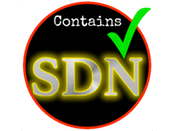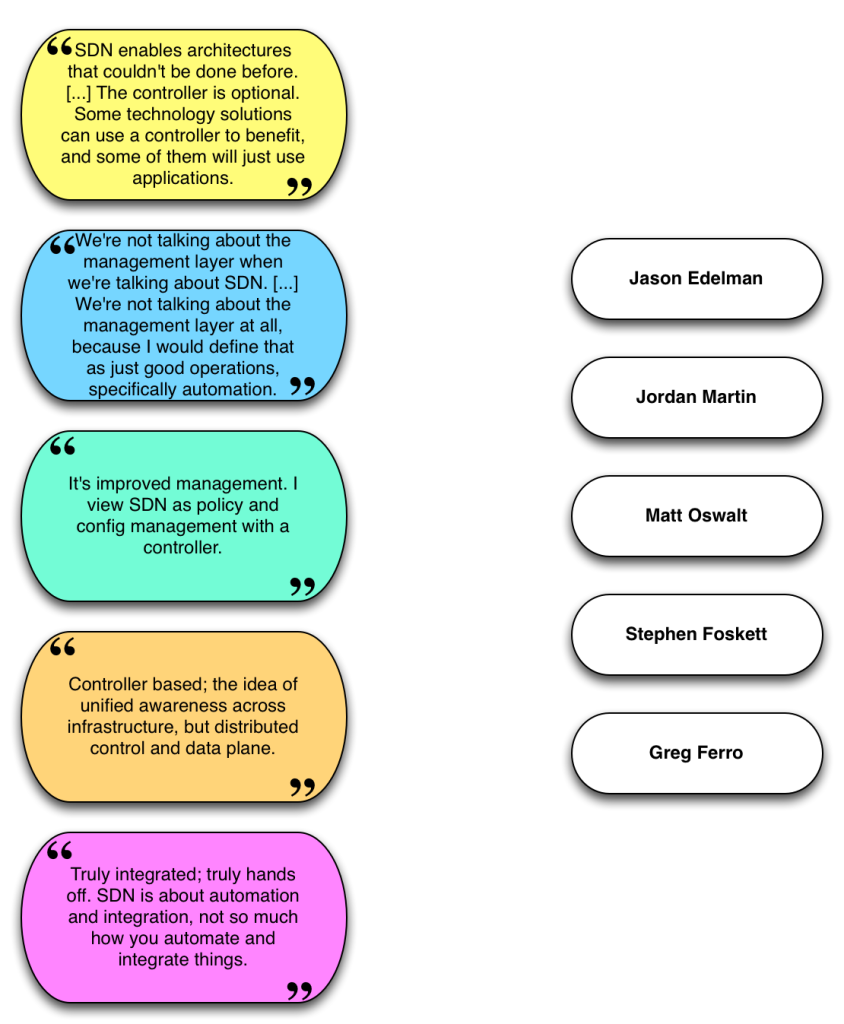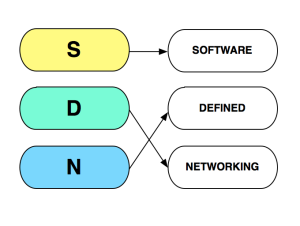0
How to secure Amazon Web Services
As cloud IT has proliferated, security concerns have diminished as a barrier to adoption. But that doesn't mean you can ignore security in the cloud, since a major attack can have expensive -- and potentially business-ending -- consequences.More and more sensitive data is heading to the cloud. Genomic informatics company GenomeNext, for example, feeds raw genome sequencing data into high-speed computational algorithms running entirely on AWS. Pharmaceutical giant Bristol-Myers Squibb reduced the duration of its clinical trials by using AWS. Electronic exchange Nasdaq OMX developed FinQloud on AWS to provide clients with tools for storing and managing financial data.To read this article in full or to leave a comment, please click here
 It's about security, not about challenging Docker, CoreOS says.
It's about security, not about challenging Docker, CoreOS says. BT will manage the SD-WAN services.
BT will manage the SD-WAN services.

